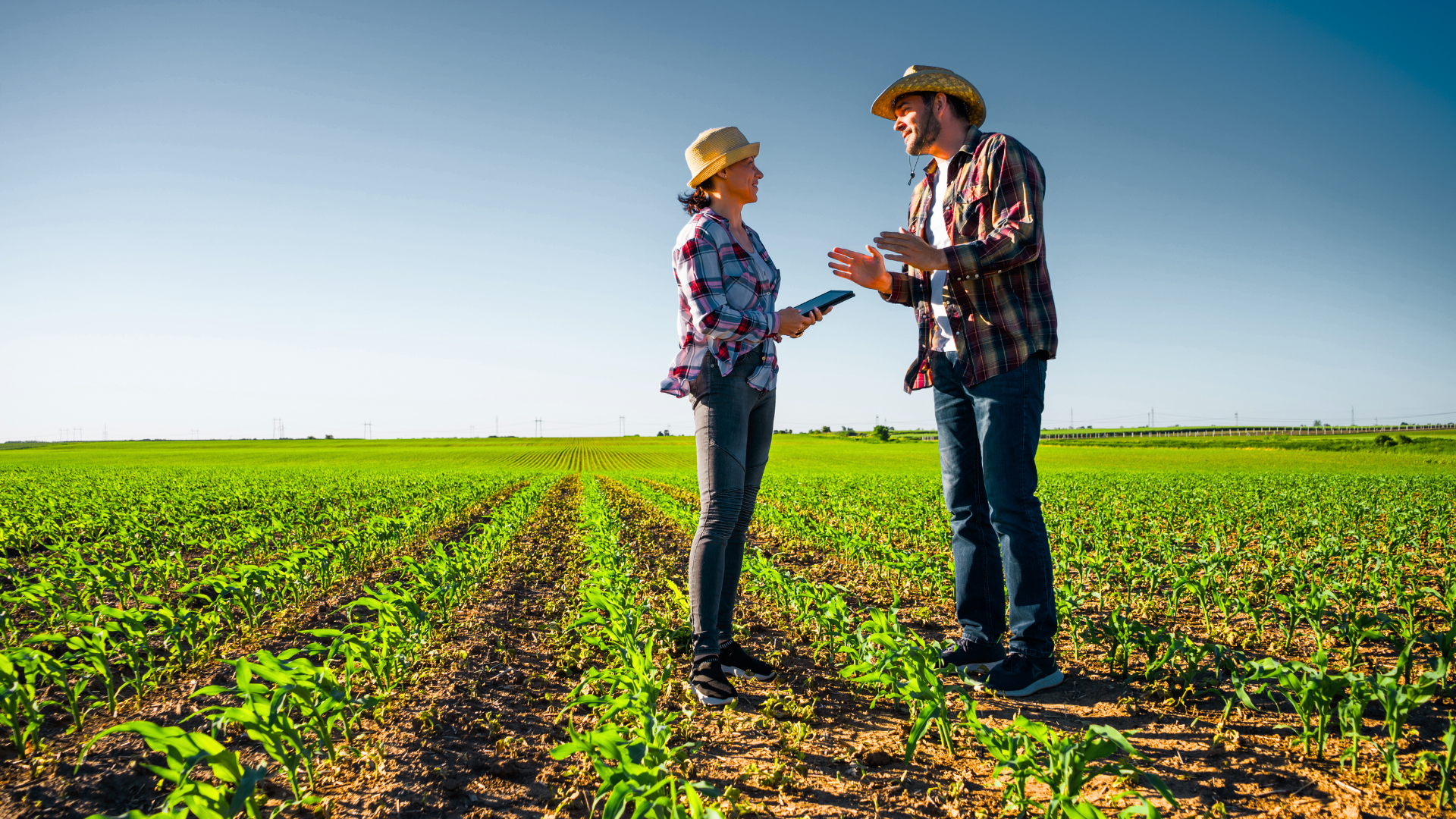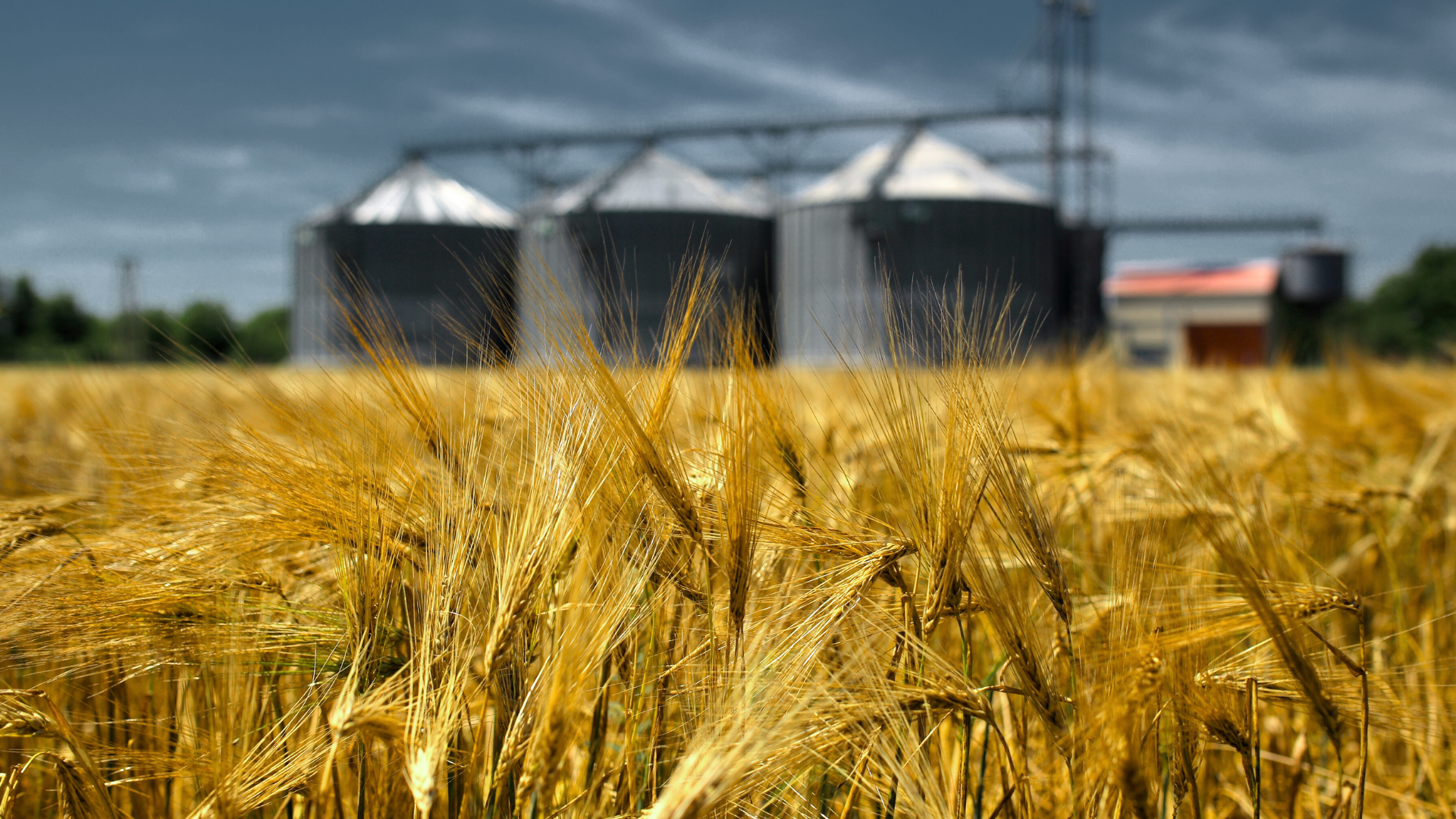Accounting
How Accounting and Taxation Works for Agriculture?
June 19, 2025

Agriculture, be it farming or fishing, is a business. It earns money by selling goods. However, the nature of its operations is unique in many ways, which makes its accounting complicated.
For instance, farmers earn most of their revenue during harvest season. Anticipating the produce is challenging, as it depends on various factors, including climate, soil quality, and many others. The farmer’s income depends on the market price of the produce. All this makes income and expenses variable, and farm losses common.
Inventory management is another challenge, as it involves both purchased and breeding inventory.
The government offers various subsidies, grants, and other support programs to help agricultural businesses. However, you need to file taxes and have well-maintained books of accounts to qualify for this support.
How Accounting Works for an Agriculture Business
Given the numerous challenges of the agricultural business, the Canada Revenue Agency (CRA) allows farming and fishing businesses to report their income on a cash basis for income tax purposes. For other companies, accrual accounting is mandatory.
In cash accounting, revenue is reported when goods are sold for cash, and expenses are recorded when money is paid for goods and services.
In accrual accounting, revenue is recognized when the goods are sold, irrespective of whether the cash is received. Expenses are incurred when the related revenue is recognized.
Revenue and Expense Recognition
For instance, John sold fruits worth $5,000 to a restaurant, and the customer promised to pay for it in five installments of $1,000 each. In cash accounting, John will recognize $1,000 in revenue each month when he receives $1,000. He will recognize the expense when he pays for fertilizer and other materials.
In accrual accounting, he will recognize $5,000 in revenue and the associated expense to grow those apples. He will then create an Accounts Receivables of $4,000 in the balance sheet. As the client pays for installments, he will reduce that amount from Accounts Receivables.
If John has already paid for the annual seeds and fertilizer supplies, he will add the entire amount as an expense at the time of payment in cash accounting. However, in accrual accounting, he will realize this expense throughout the year, maintaining a prepaid expense account in the balance sheet.
The primary difference between the two accounting methods lies in accounts receivable, accounts payable, prepaid expenses, and deferred revenue.
Allowable Revenue and Expenses in Agriculture
Like all businesses, the agriculture business has some allowable revenue and expenses for income tax purposes.
Revenue: A farmer has to include the cash they earn from:
- Selling agricultural commodities produced as part of a farming business
- Selling livestock
- Insurance payments received for livestock loss
- Agricultural contract work, such as custom feeding
- Incidental interest on farm-related business accounts
In the case of fisheries, special rules apply. If a fisherman employed you, then it would be reported as employment income on a T4 slip. However, if you go as a crew member and get a share of the catch, it is self-employed income and should be reported separately.
If you earn income by selling trees/seedlings for reforestation or aquaculture, it does not qualify as agricultural income.
Expenses: A farmer can deduct the following expenses from the income:
- Expenses incurred for soil and water conservation, such as terracing, irrigation, and erosion control.
- Costs associated with breeding and raising livestock, like feed and veterinary fees.
- Operating expenses, such as seeds, fertilizers, pesticides, fuel, labour, and repairs and maintenance of farm buildings and equipment.
- Interest paid on loans used for farming operations or equipment.
- Vehicle and home office expenses incurred for farming purposes. This segment may require a detailed breakup of farm use. Avoid deducting expenses incurred for personal use. For instance, fuel costs on the vehicle incurred during a family vacation.
- Depreciation of farm equipment and machinery.
A farmer also incurs several indirect costs, such as machinery repairs, leases, advertising, and promotion, which are not directly related to the production of commodities. Such expenses are not tax-deductible.
Accounting for Agricultural Inventory
The accounting and valuation of agricultural inventory are challenging as you need to do inventory adjustments, even in cash accounting. Agriculture has volatile income – some years of excess profit and others of losses, which is evident in cash accounting. Hence, cash accounting allows for both mandatory and optional inventory adjustments to normalize earnings over time.
How does it work?
Inventory adjustment aims to normalize the steep profits and/or losses between years.
The agriculture business has:
- purchased inventory (feed, pesticides, livestock) and
- produced inventory (crops produced or hens that hatched from eggs).
a) Mandatory Inventory Adjustment
It is necessary if you opt for cash accounting, and it is only used to reduce or eliminate a cash loss. It only allows adjustment of purchased inventory valued between 70% and 100% of the cash cost of the inventory.
Adjusting: If you have purchased inventory at the end of the year and you face a net loss, you can add the inventory value up to the net loss.
Why would you do that?
Because you are expecting a better harvest next year.
The inventory you added to this year’s income can be deducted from next year’s income.
For instance, Joe faced a net loss of $15,000 in 2022 and had $18,000 of purchased livestock inventory. Joe can add $15,000 of his ending inventory as income in 2022 and report zero profit in 2022.
In 2023, Joe earns $70,000. Since he had already declared $15,000 in the inventory as income in 2022, he can deduct that amount from his 2023 income, reducing it to $55,000 ($70,000 – $15,000).
Such inventory adjustments help normalize earnings over the years.
b) Optional Inventory Adjustment
It allows you to add the Fair Market Value of both purchased and breeding/produced inventory at the end of the period to the income, even if you made a profit.
Why would you do that?
To claim any non-refundable tax benefits in that year.
For instance, Julia made a profit of $15,000 in 2023 selling strawberries and has $20,000 worth of strawberries as ending inventory. She can add any amount of the inventory and increase her 2023 income to claim tax benefits.
Suppose she adds the entire inventory and reports a 2023 income of $35,000; she can deduct the $20,000 inventory from her 2024 income.
Agricultural accounting involves various adjustments to inventory and farm losses, which can be strategically utilized to reduce taxes and claim grants.
Contact KSSP Partners LLP in Markham to Help You with Agricultural Accounting and Taxation
A skilled accountant specializing in agricultural business can help you maximize the benefits of farm losses and inventory adjustments, making your farm operations more tax-efficient. At KSSP Partners LLP, our accountants offer services including preparing financial account statements and tax filings. To learn more about how KSSP Partners LLP can provide you with the best accounting expertise, contact us online, or by telephone at 289-554-5997.


